10 dogs that are often mistaken for pit bulls
These wonderful dogs are frequently mistaken for pit bulls but there are many differences that help tell them apart
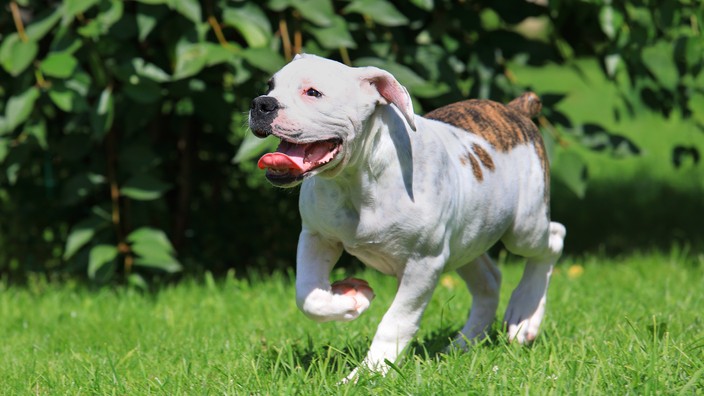
Despite their distinctive appearance there are a number of dog breeds that can be mistaken for pit bulls. The pit bull itself is not a breed but a “type” that includes the American Pit Bull Terrier, the American Bully, the American Staffordshire Terrier and, in the eyes of some, the Staffordshire Bull Terrier.
Take a look at our list below and see why these dogs are often confused with Pitbulls and learn the differences that tell them apart.
American Bulldog
Confident and assertive yet gentle and friendly, American Bulldogs make for great family pets. But it's their stocky and muscular bodies combined with their large broad heads and powerful jaws which often see them mistaken for pit bulls even though they are very different in size.
American Bulldogs are larger and heavier than pit bulls – they're about 27 inches at the shoulder compared to 21 inches and they can be twice a pit bull’s top weight of 60 pounds. More starkly than that are their colors. While pit bulls are a variety of colors, American Bulldogs are white and often have large black, red, brindle or brown patches.
Aside from looks, American Bulldogs are also pure bulldog breeds, having obtained their genes from the Old English Bulldog. Pit bulls, on the other hand, are descended from both bulldogs and terrier breeds. You'll find that an American Bulldog is a better guard dog because they're naturally territorial. Leave them alone, however, and you may discover they become rather destructive.
Ambullneo Mastiff
Resulting from a breeding program which began in the 1980s, the Ambullneo Mastiff has yet to be widely accepted by the leading dog associations. Even so, it's easy to see how it could be mistaken for a pit bull due its large head, thick neck, strong shoulders and powerful jaw. And yet it's easy to spot the difference between the breeds.
The Ambullneo Mastiff is huge in comparison to a pit bull, weighing anything up to 150 pounds which is more than twice that of the latter. With a short muzzle and appearance of strength, it's definitely a dog that can make strangers wary.
PetsRadar Newsletter
Get the best advice, tips and top tech for your beloved Pets
It's also a protective pooch that needs early socialization so training is vitally important, requiring an authoritative owner to keep it on the straight and narrow.
Boxer
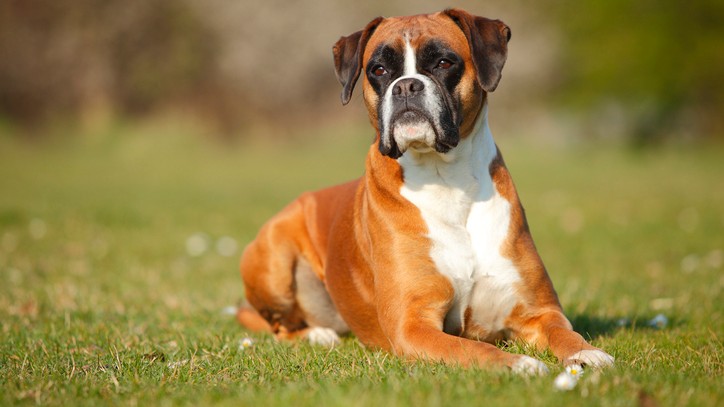
Bred to hunt from the extinct Bullenbeisser in the late 19th century, the boxer is one of the top five most popular dogs in the United States according to data shared by the American Kennel Club. They are thought to have gained their name because they stand on their hind legs and “spar” with their front paws. It's a theory that some dispute but it's an interesting one all the same.
In terms of looks, boxers and pit bulls don't share too many similarities. At 25 inches and 80 pounds, boxers are a little larger and heavier but, while their bodies are similar and their coats come in different colors, a pit bull has a broader, squarer face overall and its mouth extends much more widely. Boxers are a brachycephalic breed and so have a square flattened muzzle, too. They also have a distinguishable underbite.
Do they behave the same, though? Yes, to a degree. They both have bags of energy, exude confidence and are bright, intelligent, loyal and devoted dogs. Among those who adore boxers are Kim Kardashian, Billie Holiday and Jennifer Love Hewitt.
Staffordshire Bull Terriers

Staffordshire Bull Terriers and Bull Terriers are not the same even though they have a shared ancestry and were bred to fight. Just like Bull Terriers, Staffies are also mistaken for pit bulls due to their strong, muscular and well-proportioned bodies. Yet at up to 16 inches tall, Staffordshire Bull Terriers are the smaller of the two.
Due to the strong association with pit bulls (and with a general belief that Staffies are one of the pit bulls breeds), it's nevertheless assumed there is a high level of aggression in Staffordshire Bull Terriers. But there isn't. They're much more even-tempered.
Indeed, a Staffy is intelligent, friendly and kind, quickly forming a strong bond with their owner and making for great family pets. And while they may appear to have a fearless nature, aggression has been bred out over the years. They'll be as friendly with strangers as with yourself and they're always eager to please. They'll prove to be a great family companion.
Cane Corso
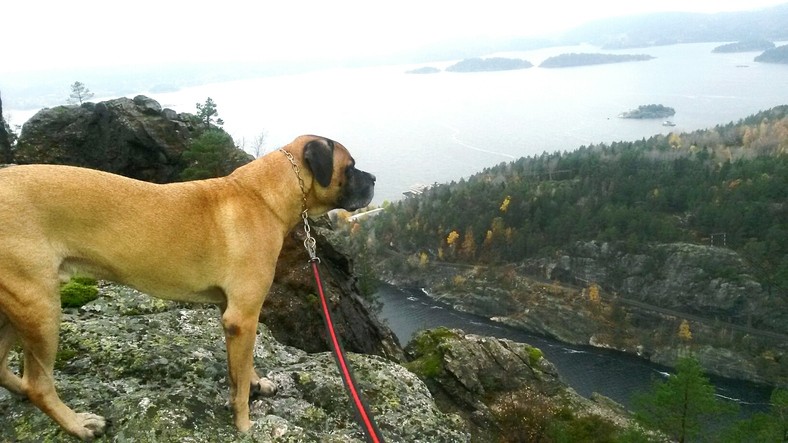
This Italian breed of mastiff is another dog that is both larger than a pit bulls (27 inches/110 pounds) yet mistaken for the latter. Descended from Ancient Roman war dogs, the Cane Corso was close to extinction in the 1960s until they were revived with the assistance of the Neapolitan Mastiff breed.
Muscular with a dense, rough coat, Cane Corso dogs are colored black, fawn or red. They have a powerful jaw similar to a pit bulls, as well as a large broad head, albeit with more wrinkles. Get to know either breed, however, and you'll note a big difference in temperament.
For starters, Carso comes from the Latin “Cohors” which means “protector”. So whereas a pit bull is playful and social, Cane Corsi are reserved, calm yet extremely protective.
That said, while they bond well with families and are quiet, they're not great with strangers unless they're told to be and they're better suited to a life outdoors. It's important to be a strong leader with them and ensure they're well socialized.
Bull Terrier
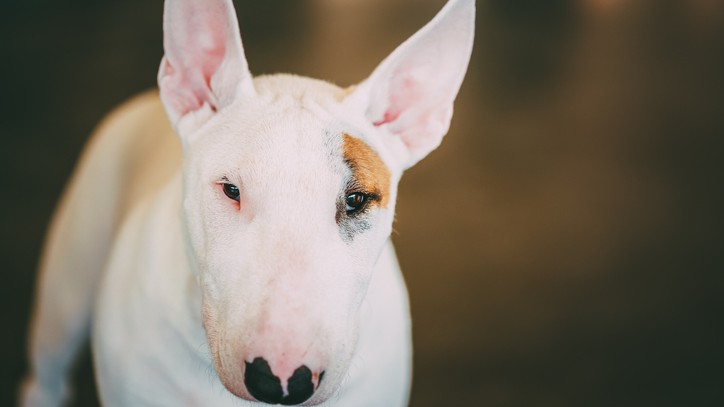
Look at the face of a Bull Terrier and you'll notice the one thing it has that other dogs do not: triangular eyes. Dark, sunken and high on their egg-shaped heads, their peepers are a distinctive marker of a breed that, in many other ways, resembles a pit bull rather well given they're both similar in height and weight.
Like pit bulls, Bull Terriers were bred for fighting and they've found it very hard to shake off the association. It's true that they need to be socialized early and well because they can be suspicious of strangers and other dogs. There's no escaping their stubbornness either and training them is not always an easy task.
Most of the ferocity of old has gone, though. They're affectionate family pets, keen to be around humans and love to play to burn off an abundance of energy. It's important to be a strong owner because of their stockiness and you need to research local dog laws in case they're on the banned list.
Presa Canario
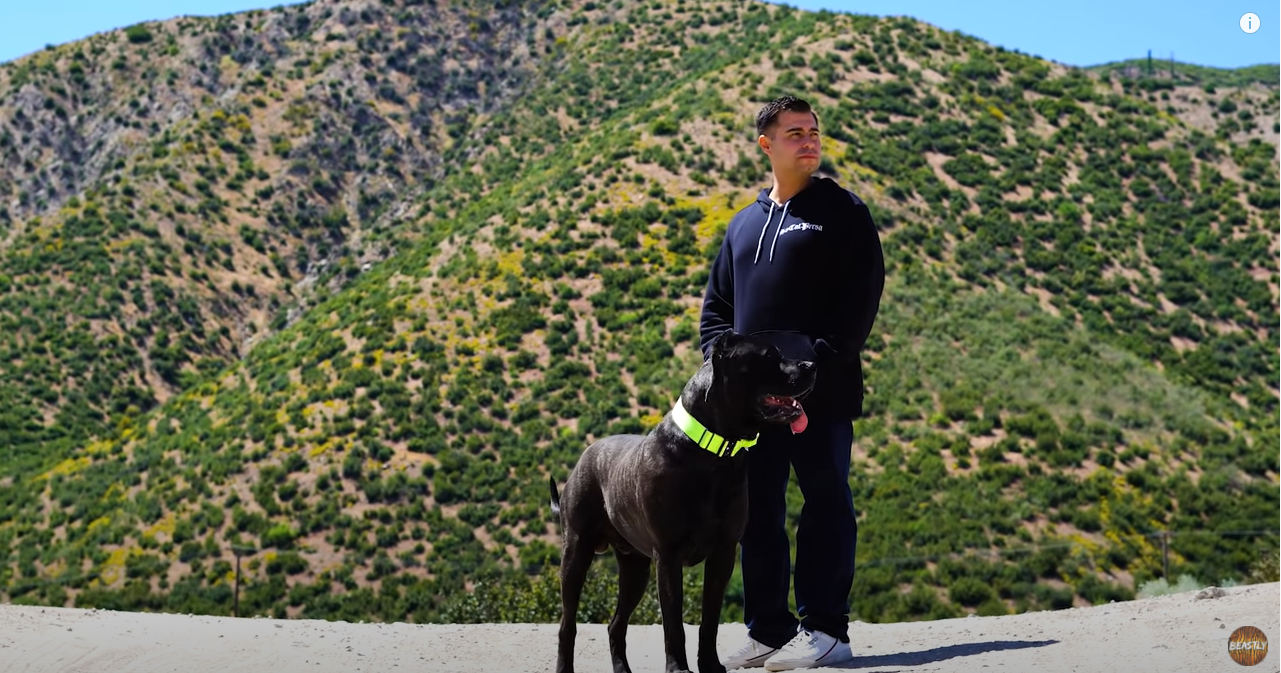
Having originated in the Canary Islands in the 19th century, Presa Canarios were traditionally used to herd sheep and cattle, making them particularly invaluable to farmers.
Unfortunately, they were also developed for dogfighting – a practice thankfully banned on the islands in the 1940s – and this almost drove them to extinction 20 years later until they were revived by Dr Carl Semencic in the 1970s.
As a cross between the Olde English Bulldog, English Mastiff and the extinct fighting dog Bordino Majero, it's easy to see why this breed – once known as Dogo Canario – can be mistaken for a pit bull given its muscular body, strong jaw and broad muzzle. The breed's colors are not as varied, however, and the coat is more coarse.
Even so, there's no denying the Presa Canario is a tough-looking breed. Larger and heavier than a pit bull (about 26 inches/130 pounds), they can certainly scare people which is why they tend to be used as guard dogs. They are also commonly found on dangerous dog lists and people do need to be wary when they're nearby.
Olde English Bulldog
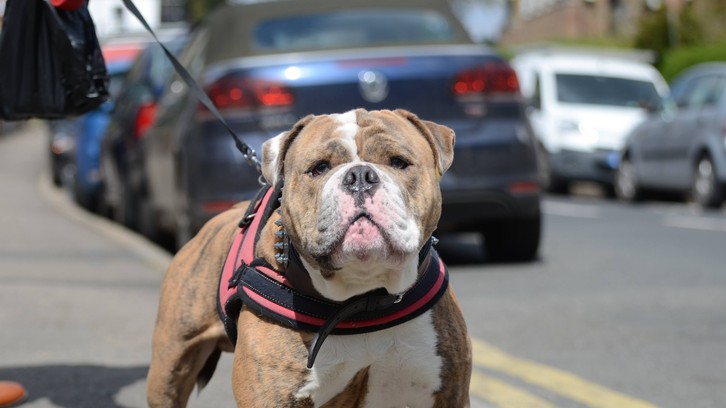
In a bid to recreate the look of an 18th century Bulldog, breeder David Leavitt from Pennsylvania, began working on a new breed in 1971. He wanted a dog that could breathe easily and suffer very few health problems, capturing the athleticism and agility of the original and extinct Old British Bulldog.
One of the reasons it gets mistaken for a pit bull is because a sixth of its makeup is that of an American Pit Bull Terrier, with the rest a blend of English Bulldog, Bullmastiff and American Bulldog. The result, however, is a friendly canine with a great temperament; a soft little thing that is nevertheless strong, stocky and muscular.
Still, there are some similarities. At up to 20 inches in height and weighing up to 80 pounds, this dog is roughly the same size as a pit bull. They have a shorter muzzle, however, as well as a larger head. They're formidable guard dogs too.
Dogo Argentino
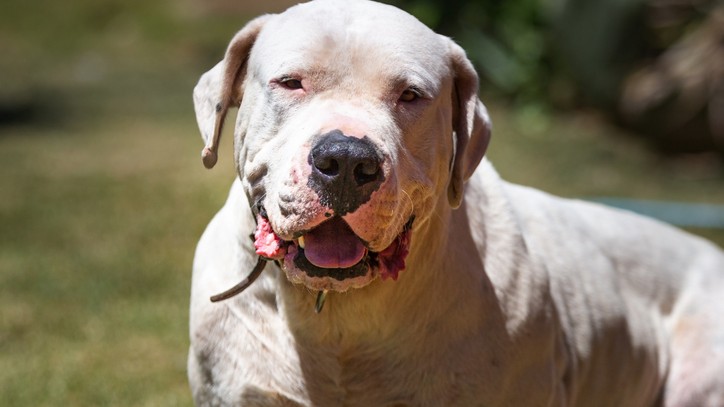
There's such a striking similarity between the Dogo Argentino and the white-colored pit bull that you could find yourself having to do a double-take. In many respects, it's going to come down to size and weight. At a max of 27 inches and weight of 100 pounds, Dogo Argentinos are the much larger canines.
Of course, pit bulls also come in a variety of colors whereas Dogo Argentinos are only white, often – but not always – with a black eye patch, making them look a little piratey.
What draws the comparisons, though, is the image of toughness that exudes from both breed's faces. Does this make Dogo Argentinos inherently dangerous? No. They want to hunt prey and they were bred in 1928 by Antonio Nores Martinez to be big game hunters.
But these intelligent dogs are also protective and they do great work with the military, police and rescue teams. They're social, family-favorites imbued with great tolerance and loyalty.
Bullmastiff
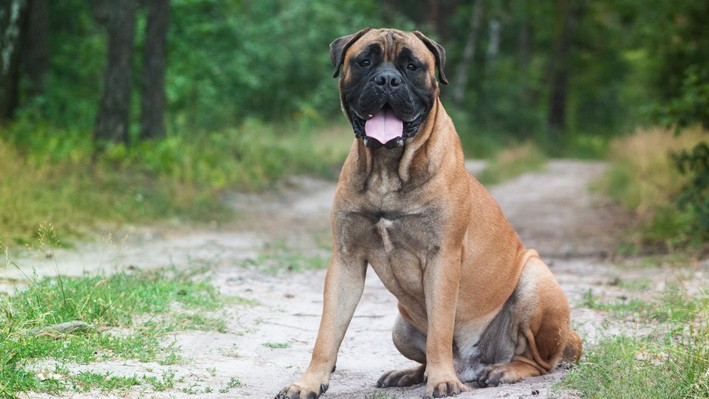
As if to underline how tough this dog is supposed to be, actor Sylvester Stallone not only owned one, he also gave the large canine a role in his first two Rocky films. “He was a ferocious-looking little devil,” Sly once said, naming the dog Butkus after NFL linebacker Dick Butkus – a player known for his take-no-prisoners approach to American football.
At up to 30 inches tall and weighing up to 130 pounds, the Bullmastiff dwarfs a pit bull. Yet far from being a mean dog (they were bred to work not fight), Bullmastiffs are gentle and, thanks to their low energy levels, a tad lazy too. Their loyalty ensures they will offer great protection – making them a superb guard dog. They also behave well and will be joyously playful once they've had a rest.
In that sense, they're different to pit bull which have far more energy and love going out for walks. But there's another way of distinguishing Bullmastiffs if you can't quite make out the difference in their facial features: they have a limited range of colors given they only have fawn, red or brindle coats. It's just a shame they only live an average of eight years due to major health issues.
Read next: Our guide to the best guard dog breeds

David Crookes has been a journalist for almost 30 years and he has written for a host of magazines, newspapers, websites and books including the World of Animals Annual, BBC Earth, Live Science, The Independent and Tom’s Guide.
Born in England, he lives with two cats but he’s also keenly interested in the differences between the huge number of dog breeds – in fact, you can read many of his breed guides that he’s written in collaboration with vets here on PetsRadar.
With a lifelong passion for technology, too, he’s always on the lookout for useful devices that will allow people to keep their pets happier and healthier, and provide them more time to spend together.
David has a degree from Durham University, as well as postgraduate diploma in journalism from the University of Central Lancashire.

